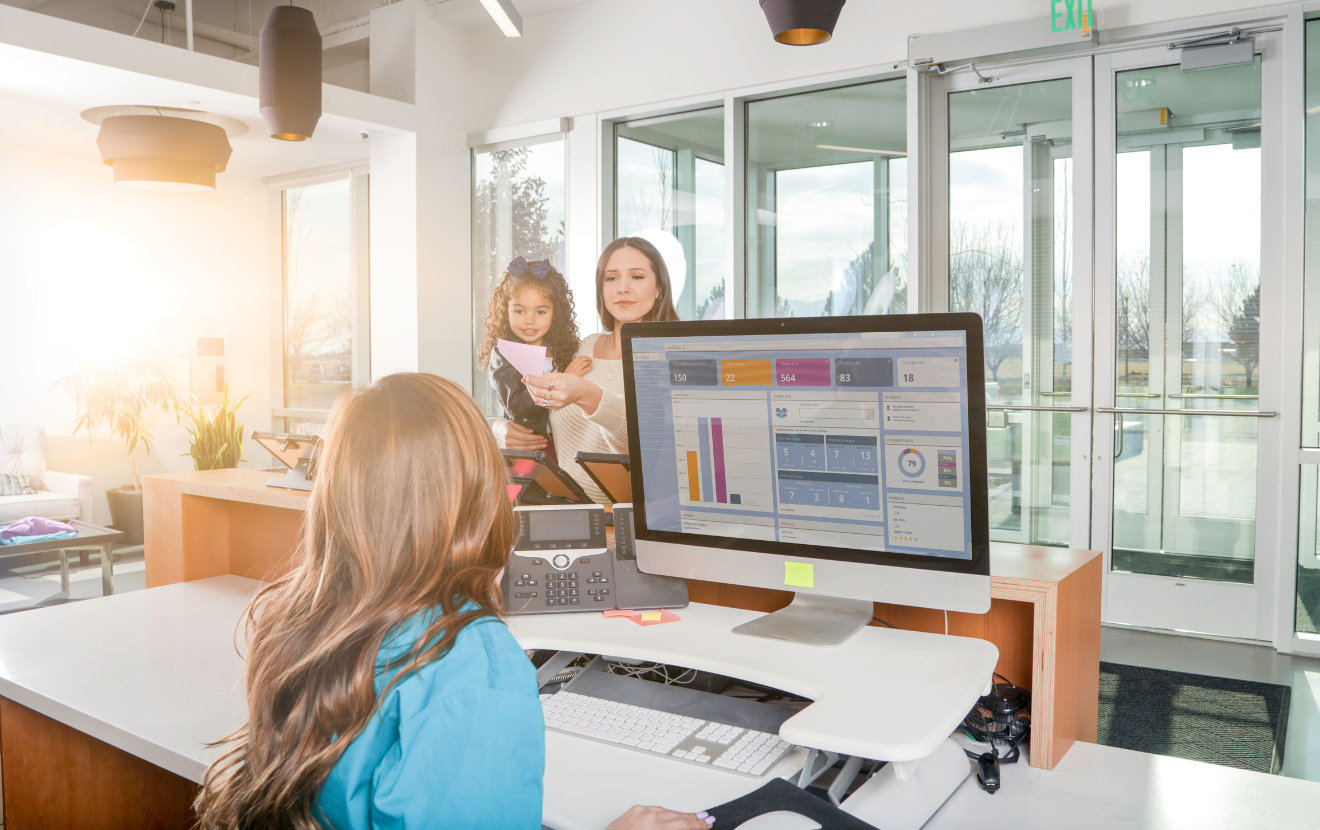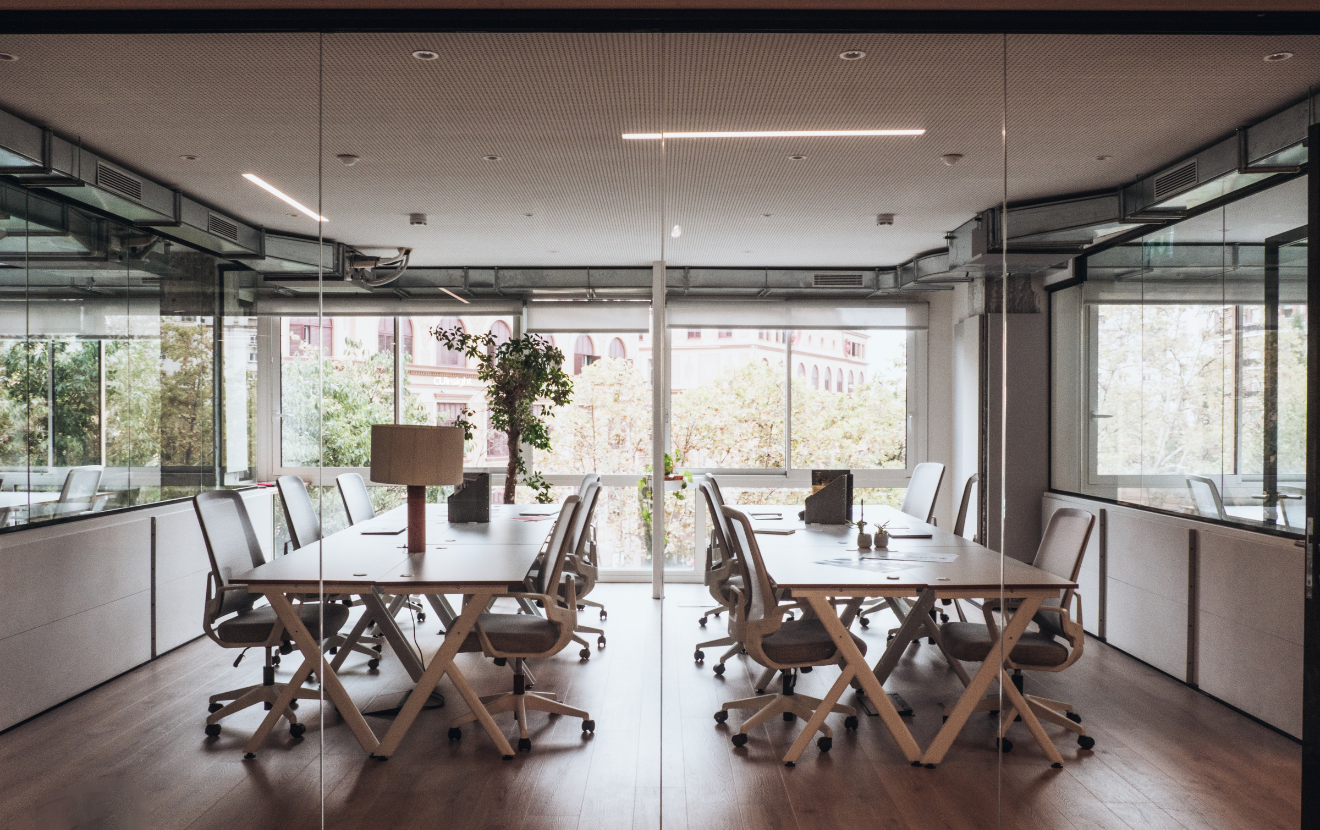The workplace has undergone significant changes in recent years with the rise of remote and hybrid setups. As more companies face pushback from employees amid return-to-office mandates, it is essential to consider the desired workplace environment of the modern-day worker.
Traditional cubicles and dull conference rooms are a thing of the past, especially for Gen Z and millennials. Today's flexible workflow demands an equally fluid office design—inspiring spaces for enhanced collaboration and creativity in a safe and comfortable setting.
Why do offices need design flexibility?
Younger workers are increasingly interested in well-being. As such, they expect a workplace to respect their mental and physical health. With office occupancy dwindling and remote and hybrid work becoming more prevalent, businesses must evolve flexible designs to maintain business growth. These improvements could include downsizing, expanding, renovating or moving to co-working setups.
Offices should no longer be places to simply complete tasks. Flexible designs must now enhance well-being, productivity and job satisfaction. For instance, companies might consider mixed open-floor plans and private workspaces to accommodate different work styles. Other flexible design ideas include:
- Allowing employees to personalize their workspace to encourage innovation and comfort.
- Including space for stress reduction and improved concentration.
- Optimizing space and resources by limiting underutilized areas and reducing costs.
- Modernizing the workplace with ergonomic furniture.
- Making the space more attractive to Gen Z and millennial talent who value work-life balance.
- Integrating cutting-edge technology and tools for greater productivity.
- Incorporating sustainability into the office design, such as space efficiency and eco-friendly materials for a lower carbon footprint.
Prioritizing workspace flexibility helps companies future-proof an engaged and positive work environment to prosper in the evolving business landscape.
5 design choices to make the office more flexible for employees
Adopting flexibility for today's workers requires careful planning and consideration. These five design choices can improve office flexibility in the long run.
1. Layouts
Understanding not all employees work well under similar conditions is crucial for business success. Therefore, the workplace should provide energetic spaces for collaboration and quieter areas with limited distractions. For instance, quiet rooms and phone booths allow for deep concentration and privacy for essential calls, while conference rooms can accommodate smaller brainstorming sessions among teams.
Communal desks may offer a different work experience for those who need more interactions and teamwork.
2. Wall and floor design
Although an unlikely area to focus on, companies should invest in the walls and floors of their flexible workspaces. Epoxy and polyurea flooring, in particular, is seeing a 5.2% compounded annual growth rate from 2021 to 2028 due to its durability, customization and elevated aesthetics. It is also more slip-resistant than other flooring materials, preventing possible injuries.
Likewise, room dividers and movable and demountable walls create a more flexible space configuration. Businesses should consider acoustic wall paneling with sound absorption to drown out noises. Conversely, transparent walls will offer privacy but help offices maintain openness.
3. Decorative decisions
Exciting decor can boost team members' creativity and productivity. For instance, businesses might paint an accent wall a bright color or add a mural to enhance workers' mood and motivation. Color psychology can be especially beneficial in selecting the best paint hue.
Adjustable lighting on dimmers also gives employees control over office brightness to improve their well-being and concentration. The ability to dim light fixtures could benefit those with headaches and migraines.
Also, multifunctional furniture can be rearranged to accommodate various work activities, such as a rounded layout so everyone can sit comfortably in a casual setting and face one another.
4. Greenery
Plants add warmth to any space, making the office feel more inviting and pleasant. They also improve indoor air quality by absorbing volatile organic compounds and other harmful air pollutants like formaldehyde, toluene and benzene. Golden pothos, weeping figs, and chrysanthemums are ideal for the office.
Studies show even a small amount of greenery relieves stress by lowering an individual's pulse and heart rates. Plants also improve anxiety caused by psychological distress.
5. Energy efficiency
Younger workers are especially interested in corporate sustainability, so companies should include energy efficiency in their flexible design changes.
Research suggests insulation retrofitting and weatherization support public health in buildings, improving cardiovascular health, allergies, arthritis, and respiratory symptoms. Upgrading heating and cooling systems can also enhance indoor comfort with similar positive health effects.
The future of work is flexible design
Offices were never meant to remain stagnant in their design. As more Gen Z and millennials enter the workforce, companies must stay ahead of design flexibility. Of course, such changes will only continue benefiting workers and drive business success.







